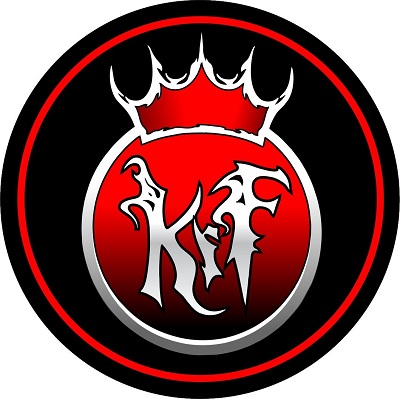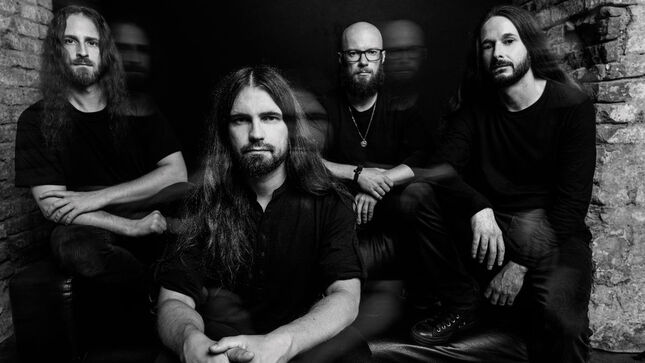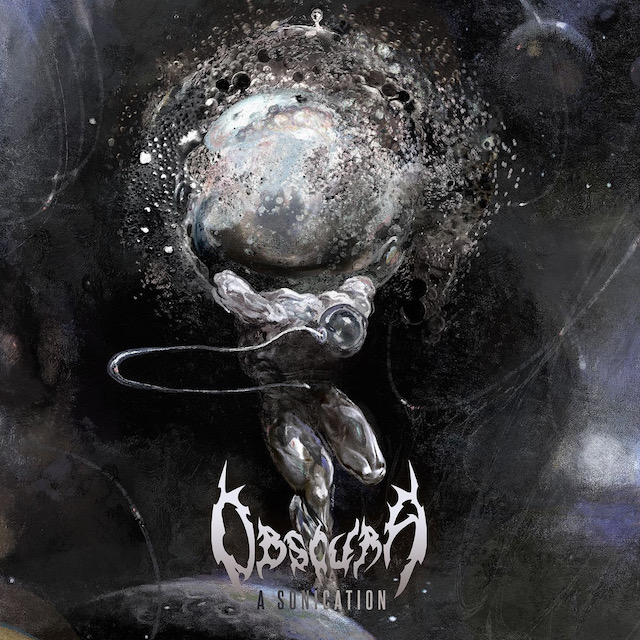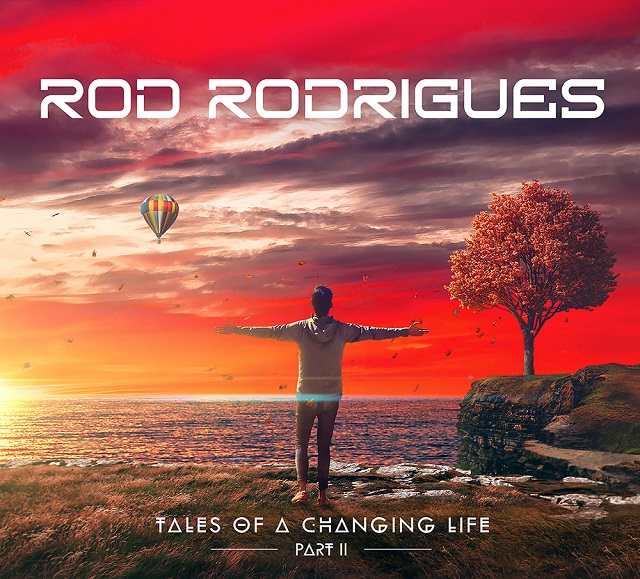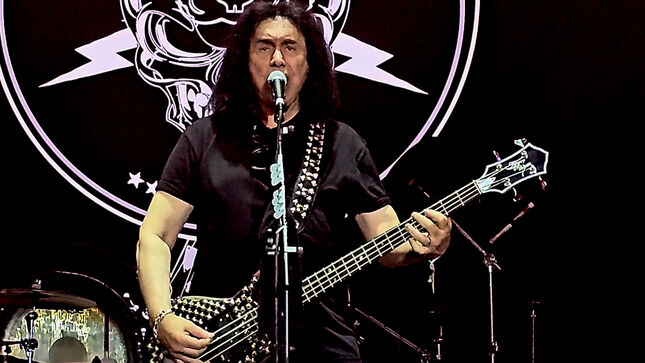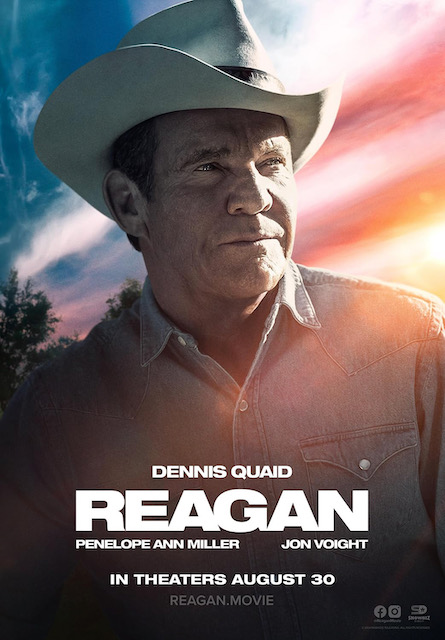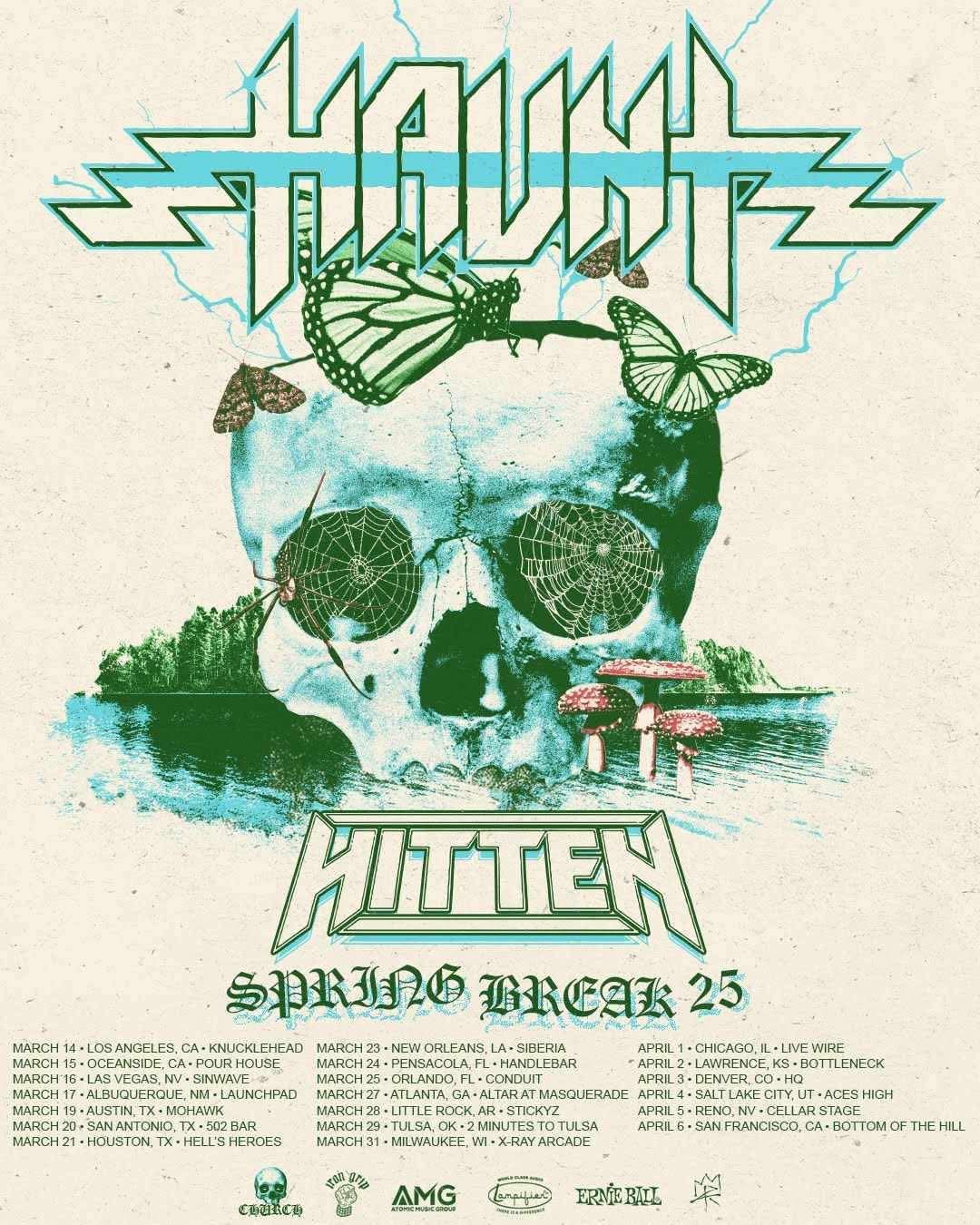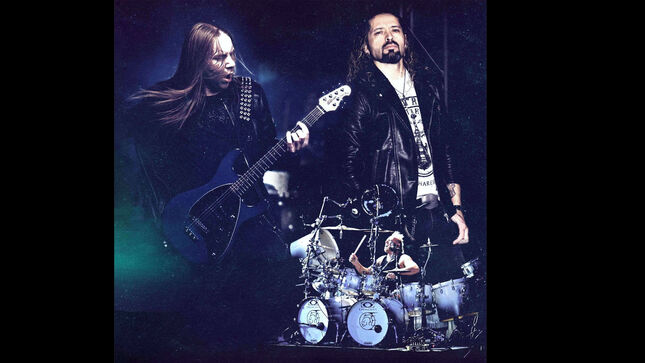
Melodic metal powerhouse The Ferrymen (Magnus Karlsson, Ronnie Romero, and Mike Terrana) are pleased to share “Mother Unholy”, the next single from their new studio album, Iron Will, set for release on January 24 via Frontiers Music Srl. The release of the single is accompanied by a music video, available to view below.
About the track, vocalist Ronnie Romero says: “The most epic song of the album! Just loved how Magnus is capable to create such an atmosphere for a song. Loved to sing in this epic and yet heavy tune!! I believe The Ferrymen fans are going to love this one!!”
Guitarist Magnus Karlsson adds: “I love to write and produce epic stuff and this song is a really good example of that! The great lyrics are written by Jane Gillard and are about a nun who was pure of heart, but her heart was turned black by the hypocrisy of the people in the order around her, and ultimately, she became evil. Where there is light there, must also be dark”.
Magnus Karlsson expresses his excitement for the upcoming release: “It’s pure fire creating metal with legends like Ronnie and Mike! These tracks hit hard with unrelenting power, but there’s this raw, emotional edge woven into the heaviness that I can’t get enough of. Heavy, honest, and straight from the soul—that’s the vibe we’re bringing”.
“As usual, I just loved singing over Magnus/The Ferrymen songs!! As a singer there is nothing better to work on melodies and lyrics that inspire your performance, but also in real life day by day, and that’s something I strongly believe the fans of the band like the most of this project. Can’t wait for everybody to listen what, once again, is a strong melodic yet heavy album that I am very proud of,” adds vocalist Ronnie Romero.
Pre-order here.
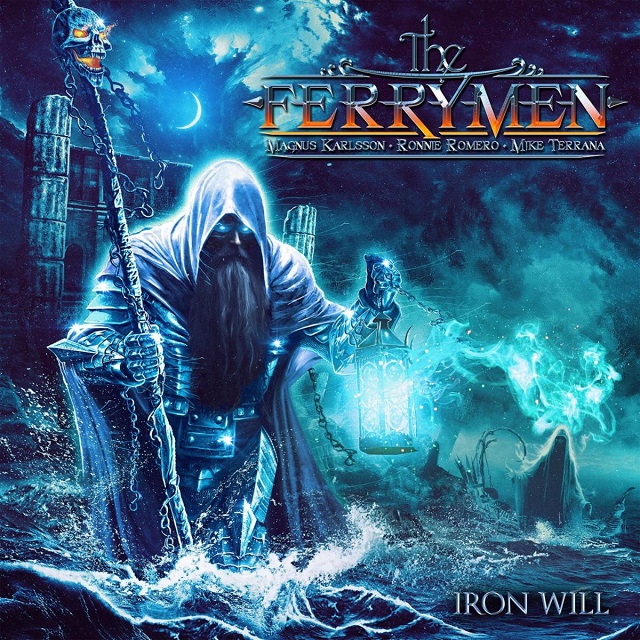
Tracklisting:
“Choke Hold”
“Mother Unholy”
“Iron Will”
“Above It All”
“Adrenaline”
“Darkest Storm”
“Dreams And Destiny”
“Dust To Dust”
“The Darkness That Divides”
“Mind Games”
“You’re The Joker”
“Iron Will” video:
On Iron Will, the band once again blends classic heavy metal with modernized songwriting, delivering an intense and refreshed sound. This album is a pure adrenaline rush for melodic heavy metal fans, packed with epic structures and soaring melodies.
The music is quintessential Ferrymen: heavy, melodic, and masterfully crafted. Karlsson’s signature songwriting shines through with intricate, robust arrangements, complemented by Romero’s commanding vocals and Terrana’s explosive drumming.
The album starts with “Choke Hold,” transitioning from an emotional intro into a massive melodic metal anthem. Tracks like “Mother Unholy,” “Adrenaline,” and the closer, “You’re the Joker,” highlight the trio’s unmatched synergy and musicianship.
With stunning cover art by Stan W. Decker, Iron Will promises to be a defining moment for The Ferrymen and a must-hear for metal fans in 2025.



